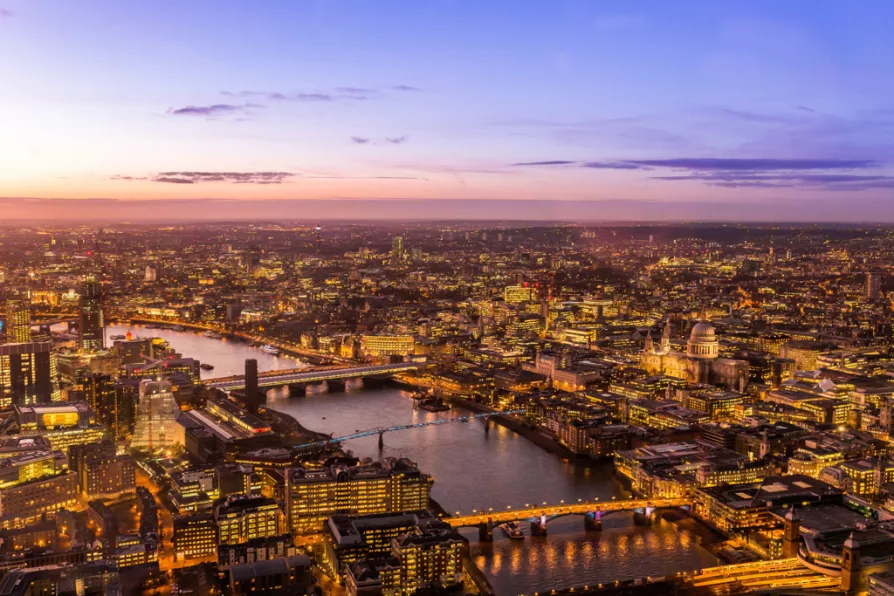The Labour leadership’s narrow definition of ‘working people’ leads to distorted and unjust Budget calculations, where the unearned income of the super-wealthy doesn’t factor in at all, argues JON TRICKETT MP

 London
London
ARCHITECT and urban planner Mark London passed away in August. London is best known for his work in leading the public consultation for the redevelopment of the Old Port of Montreal, where he enabled the transformation of the former Expo 67 site into a large park as well as rehabilitating Mount Royal Park and the Lachine Canal.
And far outside of Montreal, gentrification of unused parts of cities, often unused port areas, became part of what came to be known as “rehabilitation,” which formed part of the ethos of “urban renewal” and in Britain, “urban regeneration.”
I witnessed this first-hand when I moved to New York in 1988 and learned very quickly the word for this practice on parts of the city where poorer people lived, insultingly labelled “gentrification,” a reprehensible term for “putting people” in the place of people who are assumed not to exist (eg the poor, people of colour).














